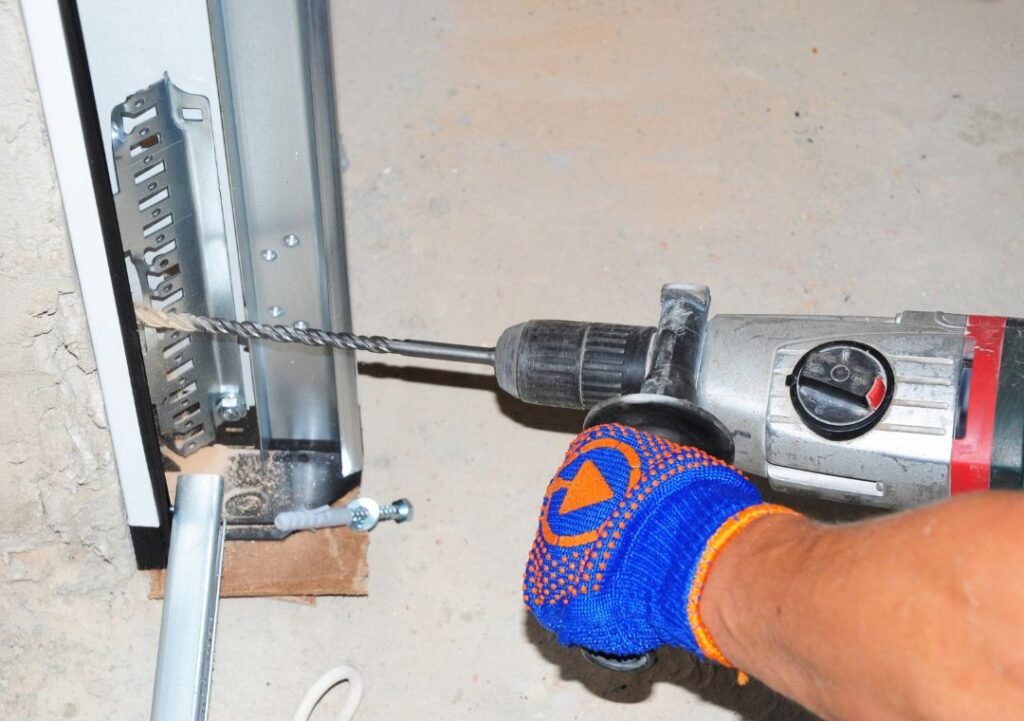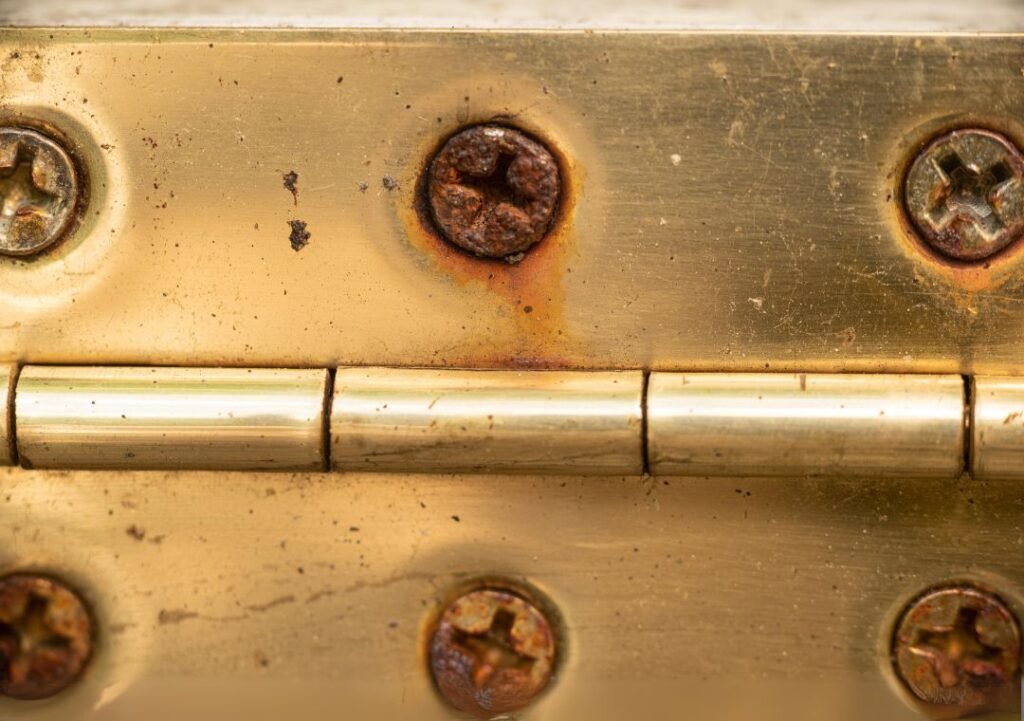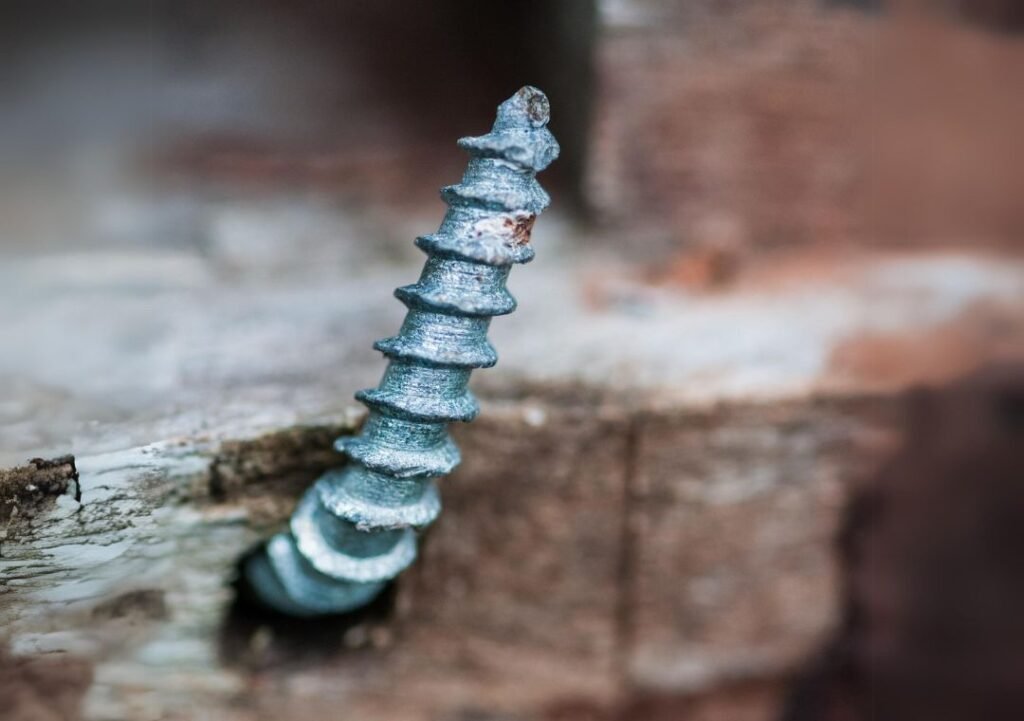Stripped screws can be a frustrating setback in any project, but with the right techniques and tools, you can tackle this problem efficiently. Whether you’re a DIY enthusiast or a professional, knowing how to remove a stripped screw can save you time and prevent unnecessary stress. In this guide, we’ll walk through various methods step-by-step, ensuring you’re equipped to handle this common issue effectively.
Understanding Stripped Screws
What causes a screw to strip?
Screws typically strip due to excessive force, improper tools, or the screw being made from softer material than the surface it’s screwed into. This causes the head to wear down or become misshapen, making it difficult to grip.
Different types of stripped screw heads .
Stripped screws come in various types, including Phillips, flathead, Torx, and others. Each type requires a specific approach for removal depending on its design and the severity of the stripping.

Tools Required
To successfully remove a stripped screw, gather the following tools:
- Screwdrivers (including specialty types)
- Pliers
- Rubber bands
- Screw extractors
- Drill with bits
- Utility knife
Optional tools that can assist include penetrating lubricant and a heat gun for stubborn screws.
Method 1: Using a Rubber Band
Step-by-step process:
- Place a wide rubber band over the stripped screw head.
- Insert your screwdriver firmly into the stripped screw.
- Apply steady downward pressure while turning the screwdriver.
Using a rubber band improves grip and traction, aiding in the extraction of the stripped screw.
Method 2: Using a Screw Extractor
How screw extractors work:
Screw extractors are specially designed tools with reverse-threaded edges. They grip into the stripped screw head as you turn counterclockwise, gradually loosening the screw from the surface.
Steps for using a screw extractor effectively:
- Drill a small pilot hole into the center of the stripped screw.
- Insert the extractor into the hole and turn it counterclockwise with a wrench.
- Continue until the screw loosens and can be removed.
Method 3: Cutting a New Slot
When to use this method:
This method is effective for screws with visible heads where a new slot can be created for better grip.
Tools needed and step-by-step guide:
- Use a rotary tool or a hacksaw to cut a new slot across the screw head carefully.
- Use a flathead screwdriver to turn the screw out of the surface.
Method 4: Using Pliers
Suitable situations for using pliers:
Pliers are useful when the screw head protrudes enough to grip securely without damaging the surrounding material.
Precautions to avoid damaging the screw or surface:
Apply gentle, even pressure to avoid further stripping or breaking the screw.

Method 5: Drilling Out the Screw
Last resort method:
If all else fails, drilling out the screw may be necessary.
Tools required and precautions to take:
- Use a drill bit slightly smaller than the screw head.
- Drill carefully to avoid damaging the surface underneath.
Preventive Measures
To prevent stripped screws in the future:
- Use the correct screwdriver size and type.
- Apply even pressure during installation.
- Consider using lubricants or pilot holes in challenging materials.
Common Mistakes to Avoid
Errors that can worsen the situation:
- Applying too much force with a damaged screw head.
- Using incorrect tools that don’t fit properly.
How to rectify these mistakes if they occur:
Assess the damage and switch to a more suitable removal method accordingly.
Conclusion
Removing a stripped screw requires patience and the right approach. By understanding the methods outlined here and applying them correctly, you can successfully extract even the most stubborn screws without causing further damage.

FAQs
1. What do you do if a screw is rusted and stripped?
If possible, apply a rust penetrant and let it sit before attempting removal. Consider using a screw extractor for better grip.
2. Can you reuse a stripped screw?
In most cases, it’s better to replace a stripped screw to ensure a secure fastening. Reusing a stripped screw may compromise the integrity of the connection.
3. How do you remove a stripped screw from wood?
Use methods like the rubber band technique or a screw extractor. Take care not to damage the wood fibers around the screw.
4. Are there special screwdrivers for stripped screws?
Yes, some screwdrivers are designed with roughened or special tips to grip stripped screw heads better.
5. How do you know if a screw is stripped?
A stripped screw will spin in place without tightening or loosening, despite applying pressure with a screwdriver.
By mastering these techniques and understanding preventive measures, you’ll be better equipped to handle stripped screws effectively in any future projects. Remember, patience and the right tools are key to successful screw removal.


